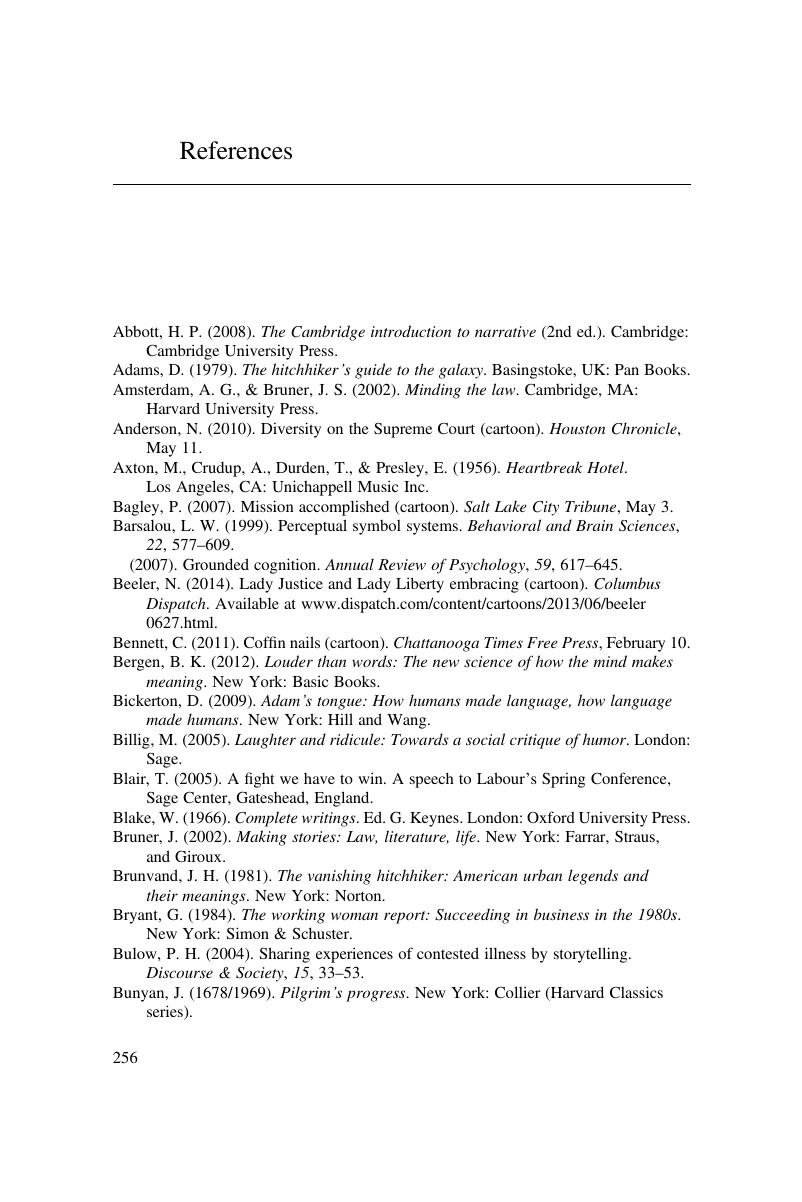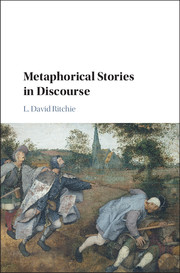Book contents
- Metaphorical Stories in Discourse
- Metaphorical Stories in Discourse
- Copyright page
- Contents
- Preface
- 1 “Shattering the Glass Ceiling”
- 2 Stories and Narratives
- 3 Language and Metaphor
- 4 Allegory
- 5 Parables and Fables
- 6 Metaphorical Stories
- 7 Story Metaphors and Aphorisms
- 8 Story-Metaphors in Journalism and Public Affairs
- 9 Barack Obama Talks about Race
- 10 Metaphorical Stories about Climate Change
- 11 Metaphorical Stories in Visual Communication
- 12 Metaphorical Stories and Their Place in Discourse
- Notes
- References
- Index
- References
References
Published online by Cambridge University Press: 20 September 2017
- Metaphorical Stories in Discourse
- Metaphorical Stories in Discourse
- Copyright page
- Contents
- Preface
- 1 “Shattering the Glass Ceiling”
- 2 Stories and Narratives
- 3 Language and Metaphor
- 4 Allegory
- 5 Parables and Fables
- 6 Metaphorical Stories
- 7 Story Metaphors and Aphorisms
- 8 Story-Metaphors in Journalism and Public Affairs
- 9 Barack Obama Talks about Race
- 10 Metaphorical Stories about Climate Change
- 11 Metaphorical Stories in Visual Communication
- 12 Metaphorical Stories and Their Place in Discourse
- Notes
- References
- Index
- References
Summary

- Type
- Chapter
- Information
- Metaphorical Stories in Discourse , pp. 254 - 255Publisher: Cambridge University PressPrint publication year: 2017



